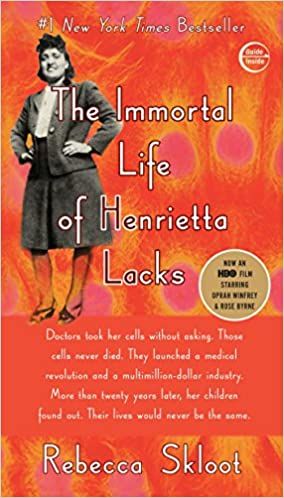Biographies about the lives of important historical figures, celebrities, or artistic luminaries are a massive undertaking. The writer must address the issue of how to make this person accessible to readers without reducing their work to a simple story. The best biographies strike this balance perfectly.
Whose Stories Are Worth Telling?
Biographies shape the way we view history and who counts as important. It is necessary to assess what kinds of books are published and what they choose to focus on. In a 2016 piece, two writers at Slate studied the popular history books released in 2015 to see what trends they could find among them. The results were fairly damning, if not expected from the publishing industry: “Biographies represented 21% of the total number of books published. Their subjects were 71.7% male, with the list dominated by big names like Richard Nixon, Winston Churchill, and Napoleon Bonaparte. While some of the biographies of men were written by women (13%), female authors were far more likely than male writers to write biographies about women. Sixty-nine percent of female biography authors wrote about female subjects, and there was a huge gap between this number and the 6% of male biography authors who wrote about women.” They assessed 614 titles from 80 publishing houses, so it was clearly a widespread problem. Many of these biographies also chose to focus on generals and presidents and founding fathers in United States history. Though I have not read all of these books, I do question what new approaches there are to take to the life of Abraham Lincoln, about whom over 15,000 books have been written. Frederick Douglass and Sojourner Truth have not received the same storm of attention. This is also definitely related to the unbearable whiteness of academia. The people who run our cultural institutions have a trickle-down effect into how we narrate history. Writers of diverse backgrounds have made incremental gains since the 2016 Slate piece. In addition, the Black Lives Matter protests of 2020 marked a change in the public commitments that publishing companies were making to diversity and inclusion (at least nominally). However, we are also living through a sea of book banning and curriculum rewriting to assert American exceptionalism. This represents a dangerous slide into authoritarianism and white supremacy. Continuing to emphasize and fight for books about historical figures who fought for progressive values and justice is deeply necessary.
How to Write a Good Biography
There is plenty of good advice online about writing biographies. Whether you’re writing about someone dead or alive, defining the scope is the most important place to start. The Power Broker by Robert Caro is often cited as one of the best biographies because it so exhaustively chronicles the life of someone who shaped the way New York City functions. His work in local government gave him lessons about gaining power in the corrupt system. He was able to achieve his vision of turning NYC into a car paradise and de-emphasized the importance of public transit. This biography helps New Yorkers realize who is to blame for their annoying commutes every day! Another biography that seamlessly integrate the historical realities with the lives of working people who changed the world is Hidden Figures by Margot Lee Shetterly. Shetterly follows the careers of Dorothy Vaughan, Mary Jackson, Katherine Johnson, and Christine Darden from their entrance into the service during World War II to their groundbreaking work at NASA that led to the moon landing. Another book that pops up on many of the best biographies lists is The Immortal Life of Henrietta Lacks by Rebecca Skloot. Henrietta Lacks was a tobacco farmer descended from enslaved people whose cells have shaped modern medicine. The trouble is that she and her family were all entirely unaware of her harvested cells, collected without her knowledge while undergoing treatment for cancer, and their impact on medical science. On the other hand, biographies pitched for children tend to take a smaller, more contained approach to their subjects. Even if they are meant to summarize someone’s entire life, children’s book writers make sure to get to the most historically relevant parts quickly. It’s important for children to read history books with a diverse set of historical figures so kids of all backgrounds can see people like them succeeding, as well as learning about people different from their own backgrounds.
Summarizing A Life
When starting out on a biography, your perspective as a writer is just as important as the historical figure. Ask yourself: what draws you to this person, and why do you want to summarize their life, or at least a part of it? Writers and readers alike are attracted to untold stories, but there are also different angles on well-known figures. For framing the story, it’s important to decide on the approach outside of just narration. Is it a cultural story, a social history, or something completely different? It’s not that every person can be slotted easily into a larger story, but there are sociohistorical touchstones that can inform the biography, too. The best way to get started on writing biographies is reading a ton of them to inform your craft. If you’re looking for biographies of literary figures, musicians, or even comic book artists, there’s a great backlist for any kind of person.

